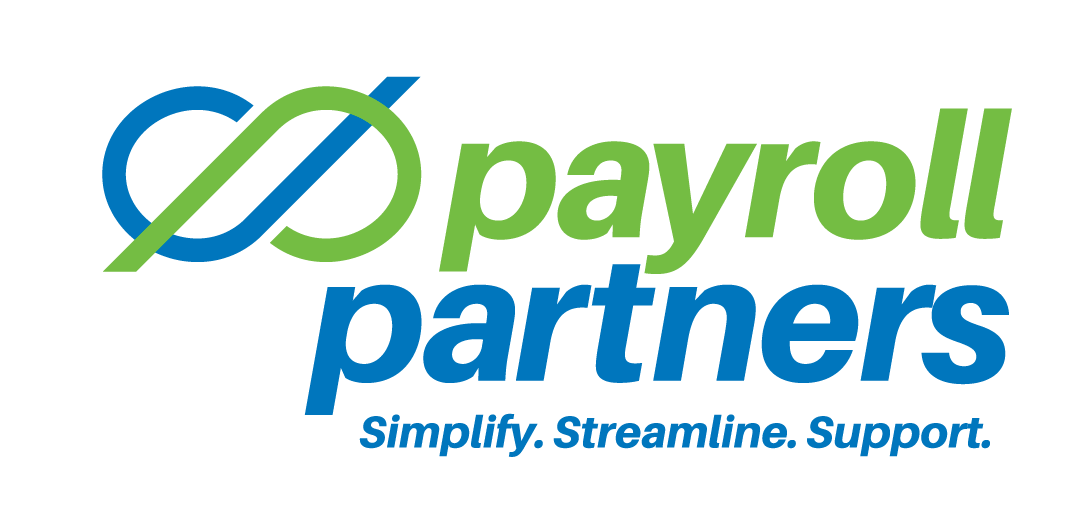
12 Dec How To Set Up and Maintain Payroll Policies
The endgame is accurate and timely employee paychecks. How do you get there? Have a payroll plan that outlines what the procedures are to get to your goal.
The plan should describe how employees document and submit time. Use a reliable timekeeping system. A computer-based system is probably the most efficient, but if you still use hard-copy timesheets, make a note of their trafficking procedure for future users. The best way to make sure you include all the steps necessary to process payroll is to go through the actions yourself.
Write down how to calculate employee wages. If you’ve got a computer software program for payroll, write the steps needed to enter payroll information in the system. The following should be part of your system:
- Review how to make payment adjustments. Describe the procedure so anyone who does payroll can adjust the wages paid to employees.
- List the payment schedule, including a description of how often payroll checks are cut—weekly, biweekly or monthly.
- Clarify the communication procedures with the payroll service. After the employee enters the payroll information in the computer software or time-tracking system, specify how to print payroll checks or submit the payroll records to the payroll service so they can print checks.
- Maintain accurate records. The Internal Revenue Service suggests maintaining employee records—W-2s, timecards and tax statements—for at least three years. Keep these stored safely, and create a system for filing them and saving them as long as legally necessary.
- Do a trial run. Once the first draft of the steps is written, ask an employee to follow the instructions to see whether the payroll is processed correctly. This will help both of you see where there is any lack of clarity.
Note these key points
You may want to consider payroll calendars to help employees understand when they will be paid and when timecards are due. Your payroll software or payroll processor may automatically create a payroll calendar, but you can use a spreadsheet to set up one for yourself. You can give managers and supervisors a copy of the calendar to distribute to employees. The effective payroll calendar will show all pay periods for the year to reduce employee confusion about when they’ll be paid and the time frames their paychecks will cover.
Problems arise because of misunderstandings of the payroll system—by instituting wholly transparent payroll procedures, you’re setting up reporting responsibilities. This strategy helps when analyzing and auditing your payroll system. Consider updating payroll templates to make them accessible to everyone on the payroll team to improve productivity, lower your risk of payroll mistakes and make payroll more reliable.
Proper payroll management is the key to ensuring that your employees are paid on time and your legal obligations are met. You want to avoid cumbersome administrative and tax-related nightmares. Create a workflow—a process flow chart in your documentation—that can be followed by internal employees or external processors to help explain and communicate payroll policies to employees. It can take significant time for new hires to learn small details, so writing down procedures can minimize the negative effects of losing team members. It will be useful to have instructions on how to process payroll manually in case of emergencies.
Original content by © IndustryNewsletters. All Rights Reserved. This information is provided with the understanding that Payroll Partners is not rendering legal, human resources, or other professional advice or service. Professional advice on specific issues should be sought from a lawyer, HR consultant or other professional.


